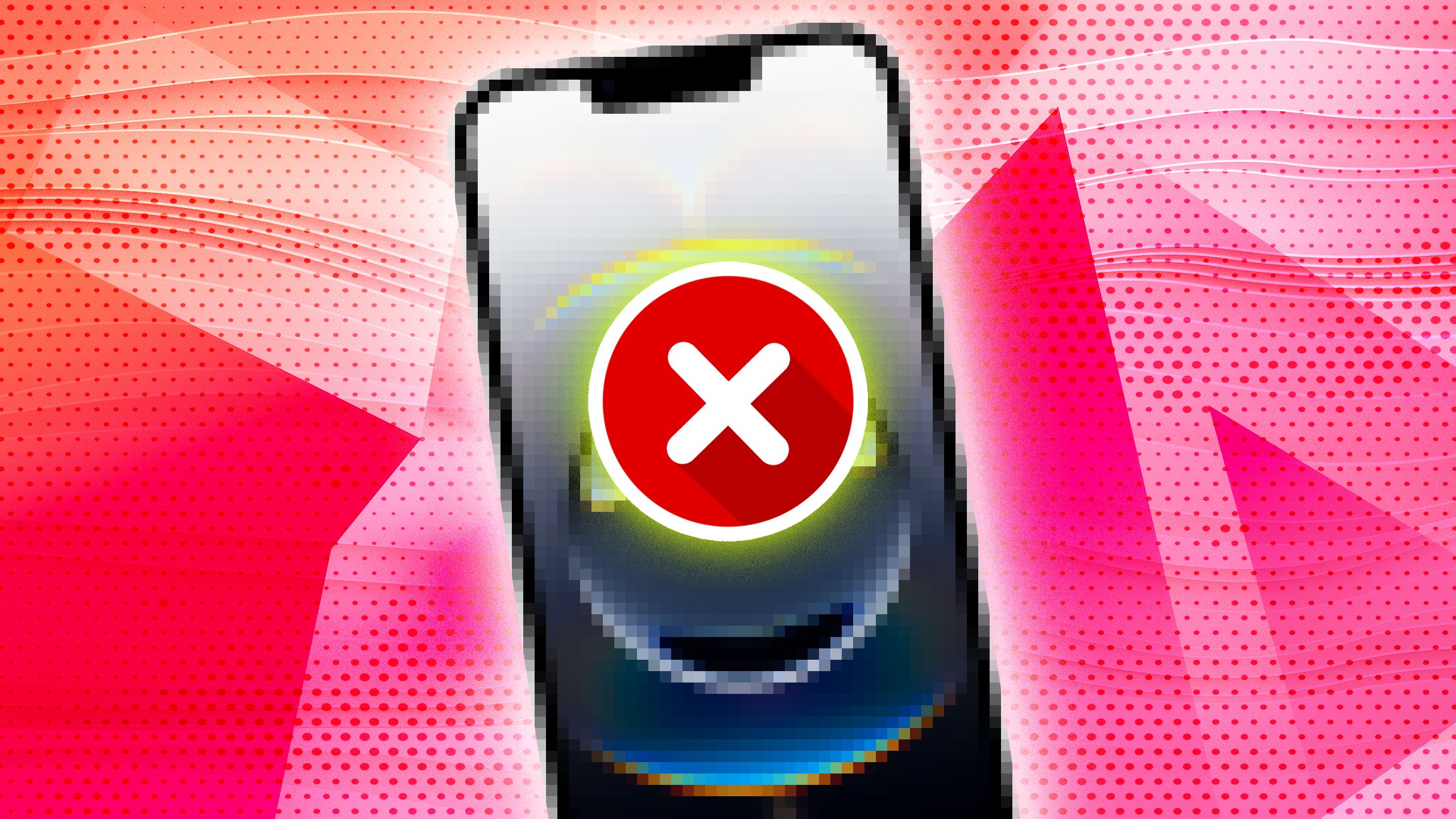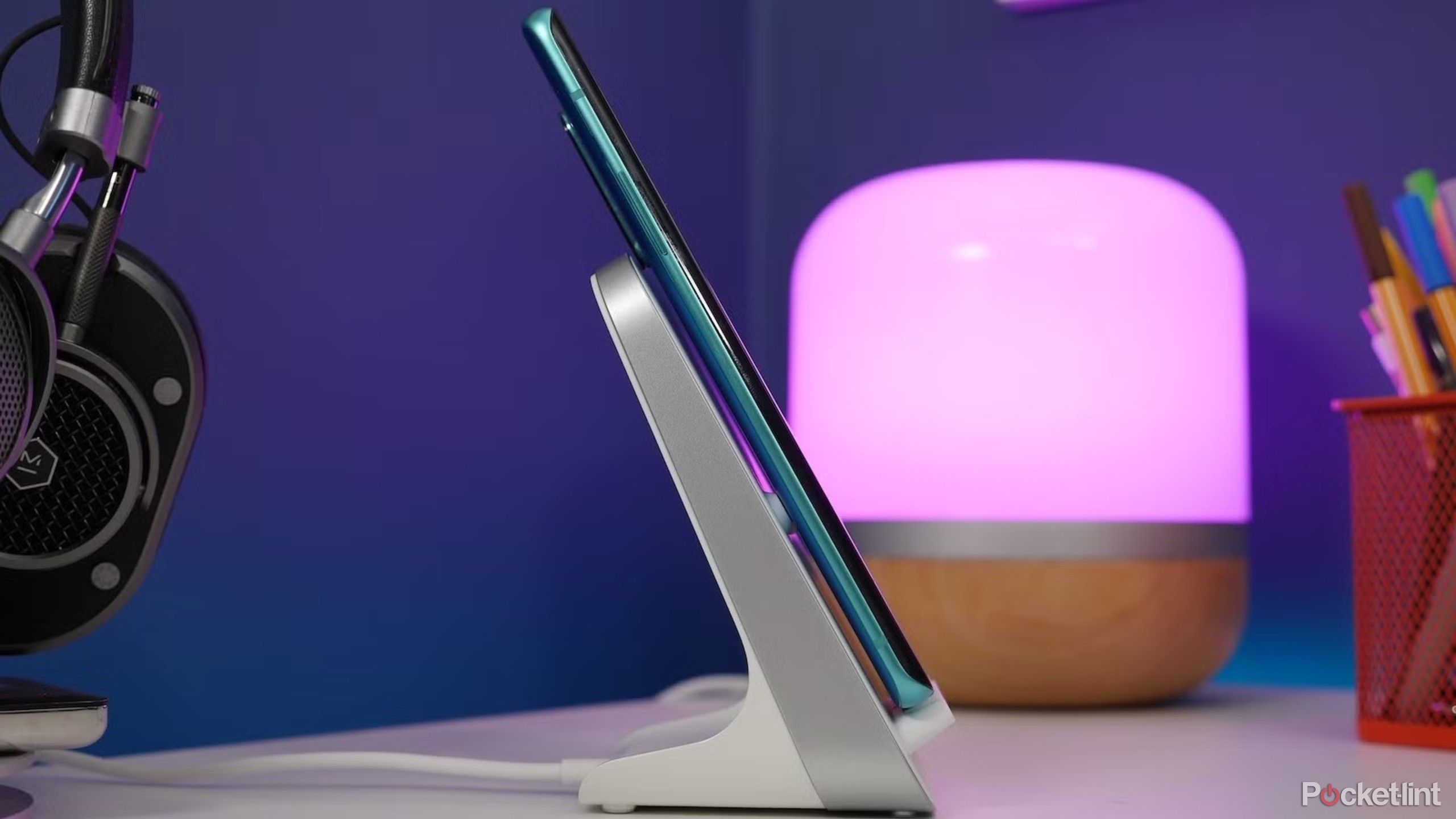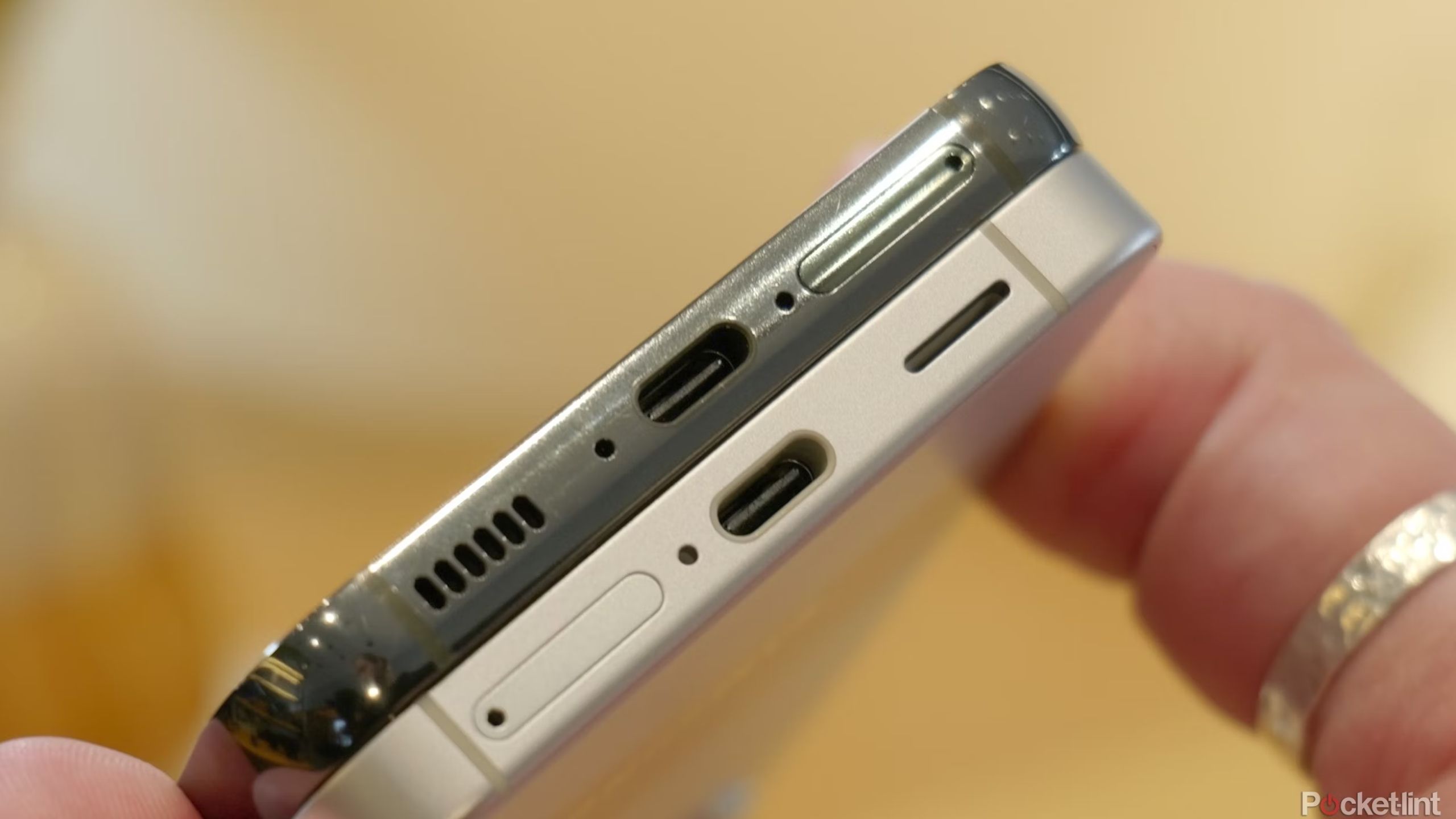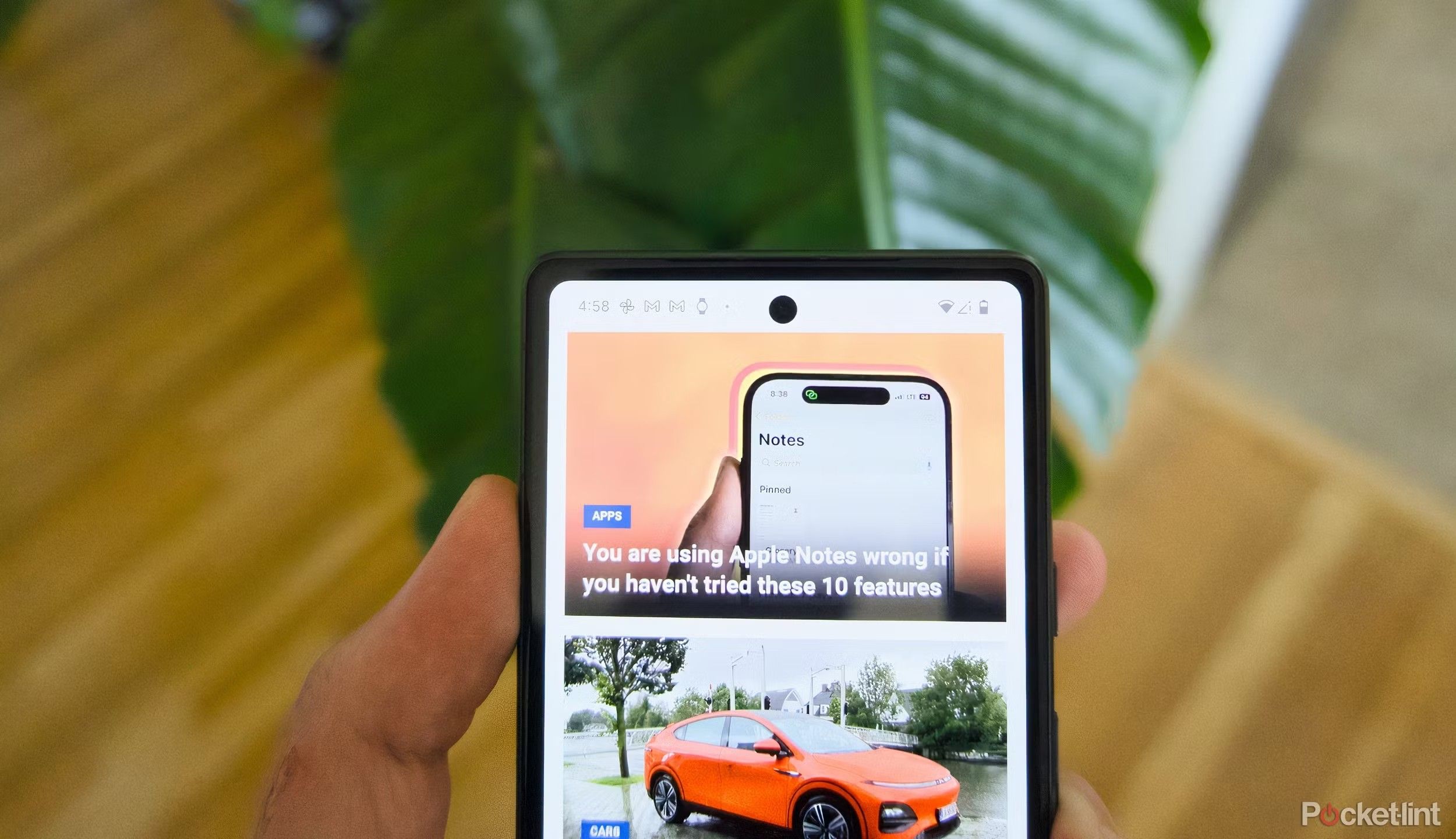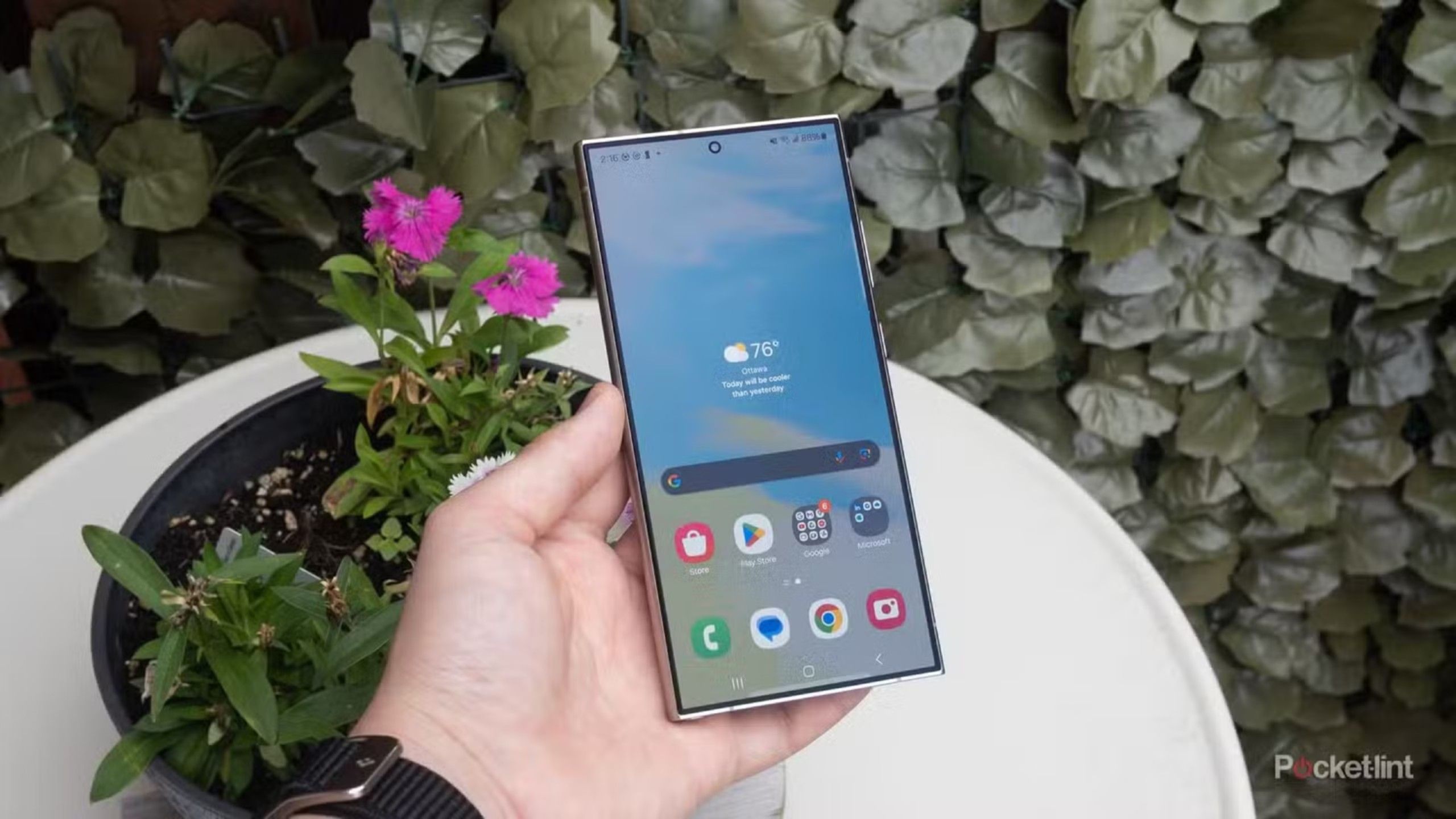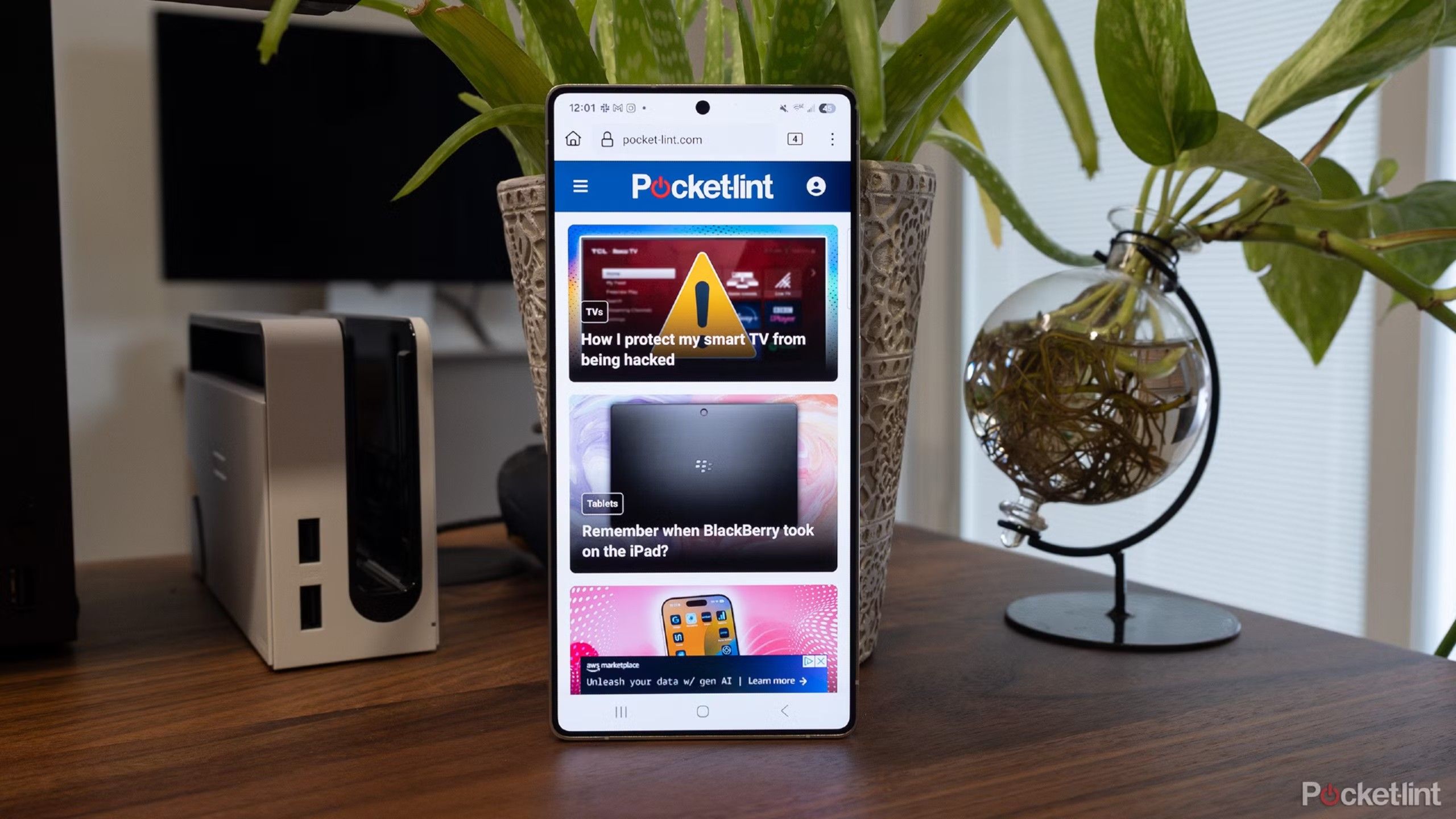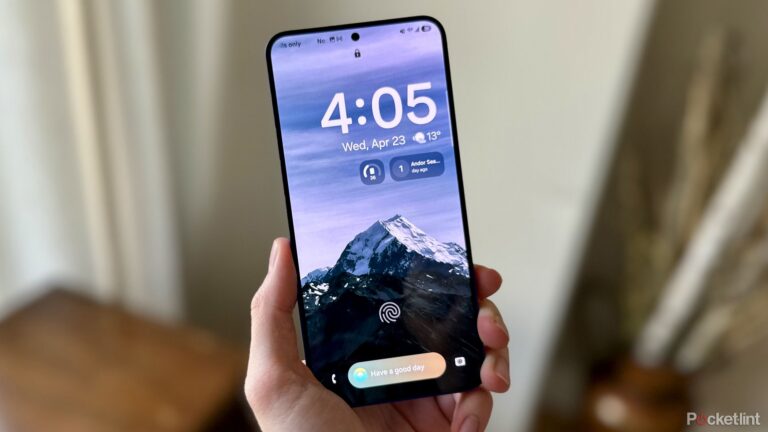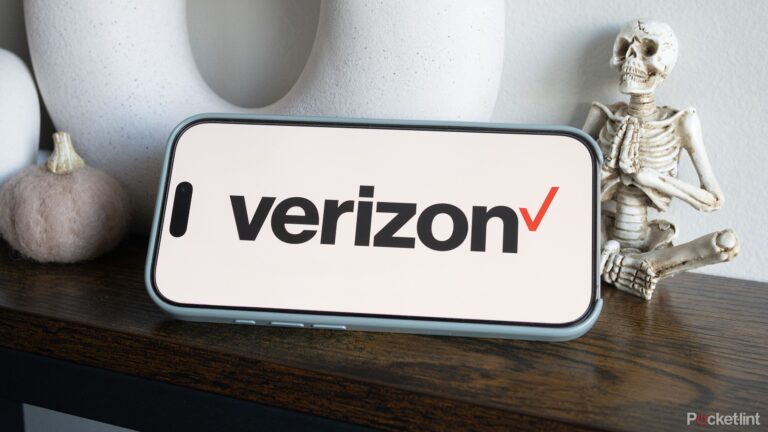Summary
- Wireless charging is convenient, reduces wear on ports, and provides versatile mounting options.
- Higher refresh rates provide smoother graphics, better touch response, and battery-efficient adaptive rates.
- AI tools can simplify tasks, save time, enhance media, and improve communication capabilities.
Modern smartphones, like the Samsung Galaxy S25 Ultra and Google Pixel 9 Pro, are packed with the latest features but are often out of reach for many buyers because of their high prices. While most users probably won’t buy the latest flagships, they should still get phones that suit their use and have modern features that make them functional and great to use.
Nobody likes wasting their cash, and spending money upfront on modern features ensures your phone will last longer without requiring an upgrade. These seven must-have smartphone features make your phone more user-friendly and provide some degree of future-proofing to extend its lifespan.
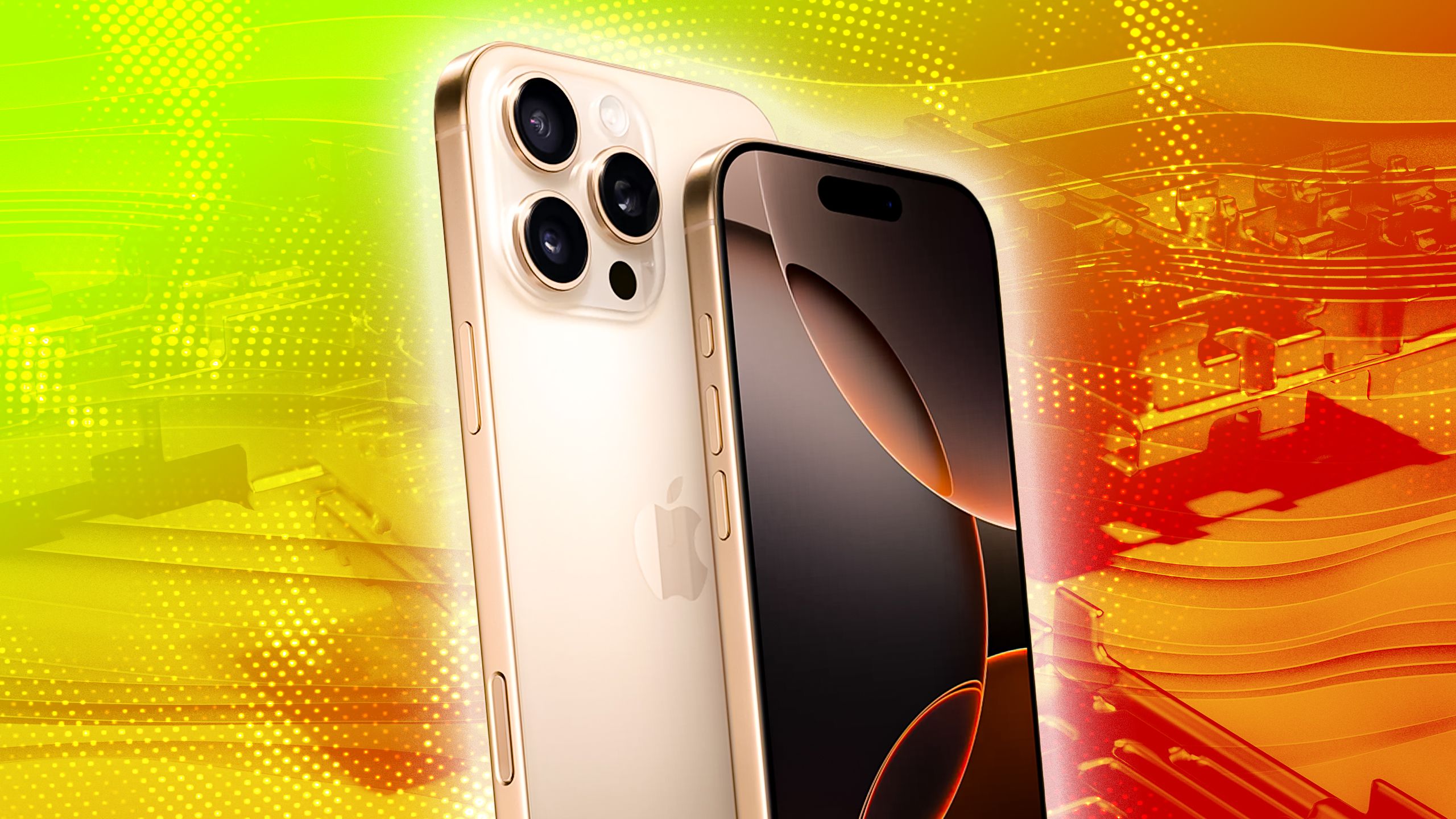
Related
I change these 5 iPhone settings immediately, and you should too
Apple doesn’t necessarily know what most iPhone users like.
1 Wireless charging
No strings attached
Wireless charging is so much easier and more convenient than wired because all you need to do is place your phone on the charger to get some extra juice. You don’t need to worry about plugging in your phone, the clutter of a charging cable, or it getting damaged with regular use. Wireless charging takes on another dimension when paired with magnetic cases — you get versatile mounting options to use your phone for navigation while driving and other things.
Apart from convenience, wireless charging provides a degree of redundancy to extend your phone’s life. Smartphone charging ports are prone to damage and corrosion over time. If your phone has wireless charging capability, you won’t need to worry about potential repair costs or replacing it.
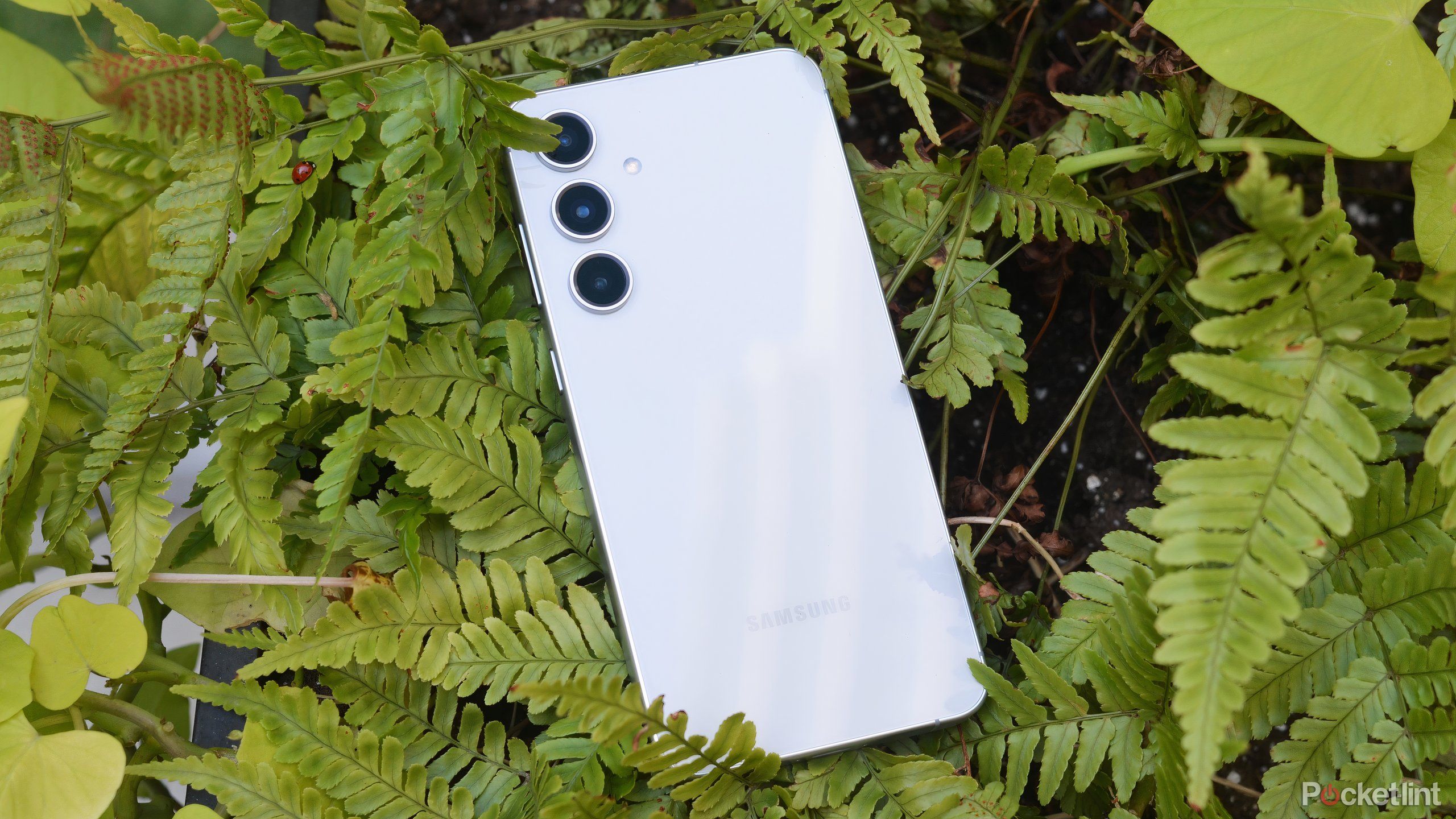
Related
Magnetic wireless charging is finally coming to Android
It’s been a long time coming, but you could finally catch Android charging up with Apple.
2 A 120Hz refresh rate or higher
Smoother graphics and scrolling
Refresh rates refer to how many frames your phone can display per second. Older models usually ship at 60Hz, but most modern phones are moving to 120Hz and above because of the number of benefits it offers. When you open apps, animations become more fluid, and navigation and scrolling become much smoother, too. Touch inputs also become more responsive and have less lag with faster refresh rates.
Videos and other content can also look better when paired with a high refresh-rate display. It’s also beneficial for mobile gamers wanting the best graphics performance when playing their favorite titles. Most modern phones have an adaptive refresh rate, meaning they adjust it depending on the task, so you don’t need to stress about excessive battery drain.
4:14
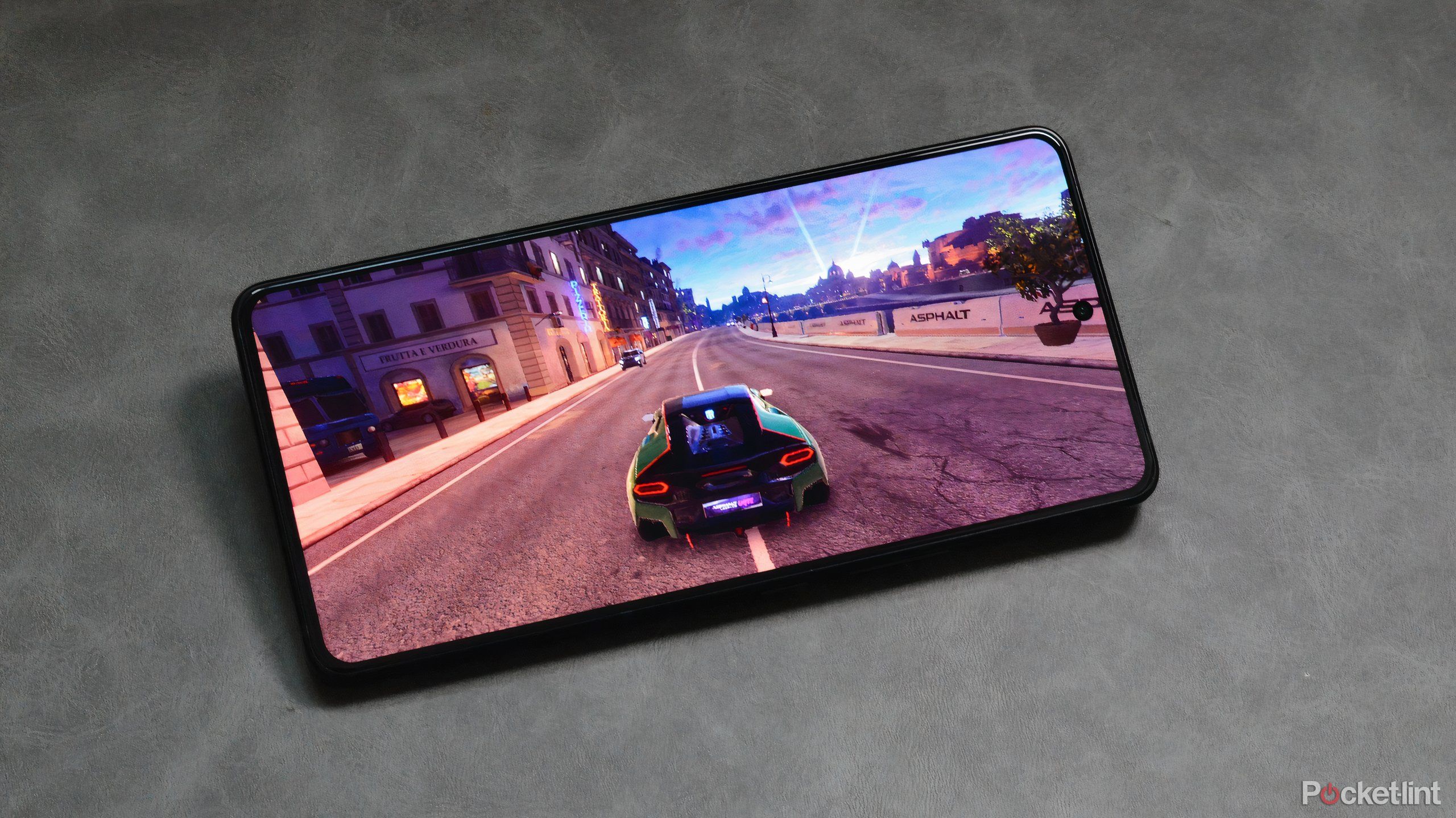
Related
Think phones can’t handle real gaming? The ROG Phone 9 says otherwise
Asus emphasizes that the ROG Phone 9 is a gameplay beast.
Love them or hate them
AI is contentious because it can interfere with simplicity. I’m also tired of brands pushing it as a must-have feature when most users disagree. Whatever your feelings, it’s still nice to have handy AI features that make life easier once you use them. Features like Google Lens and Circle to Search have become indispensable for finding information about products, nature, or anything else on your screen.
Other AI features like note, transcript, and browsing assist can save you time by condensing text to make it more readable and generally optimizing your workload. Editing photos also becomes much easier, because you can magically erase unwanted objects. You can also use AI to translate live calls and live chats to communicate with friends or colleagues from other countries.
1:00
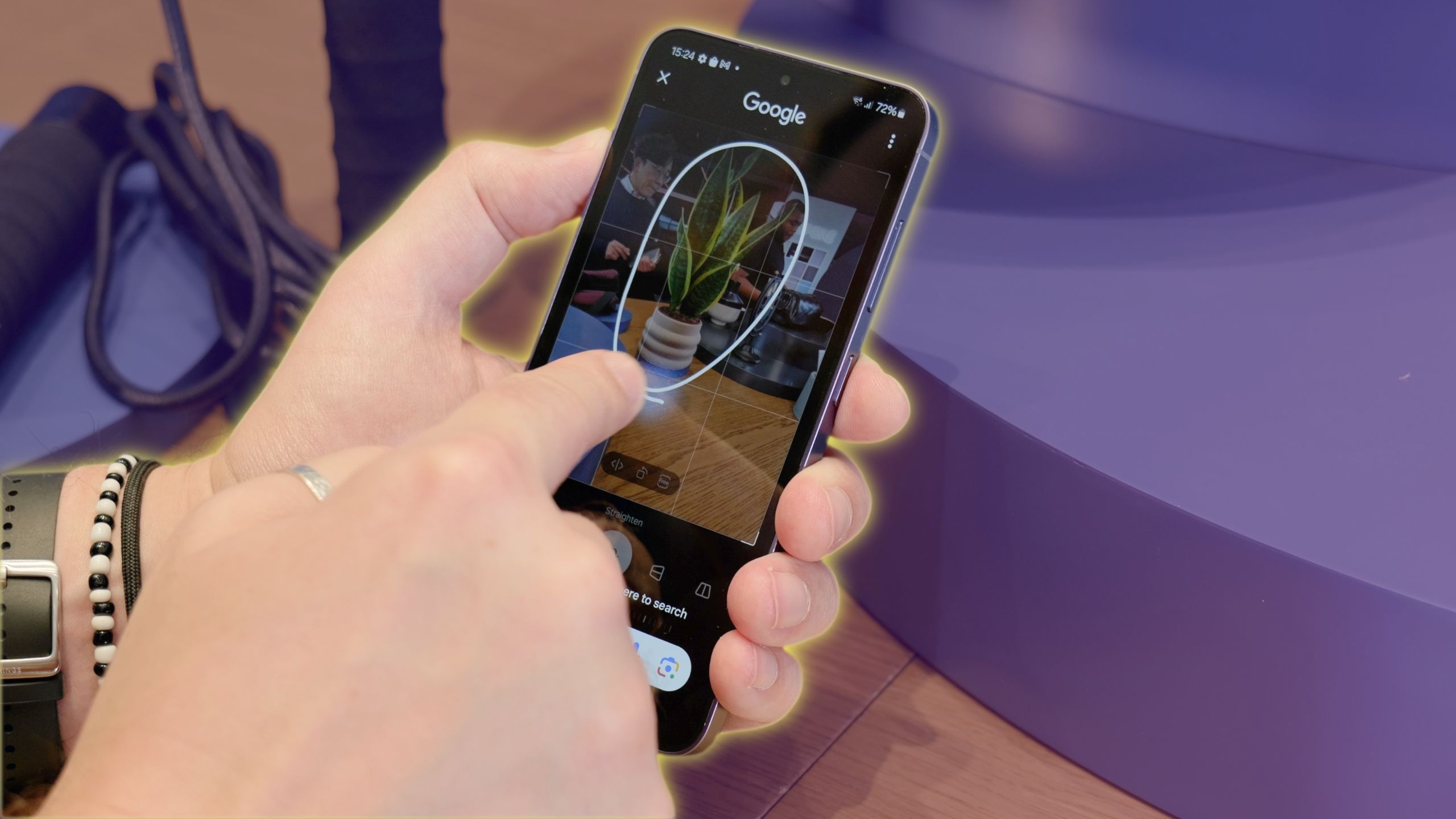
Related
What is Google Circle to Search and how does it work on Android?
Google’s latest AI feature is coming to the Pixel 8 and Galaxy S24. Here’s everything you need to know.
4 Fast-charging
More speed for bigger batteries
Fast charging is a practical feature we’d all like because smartphone batteries are getting bigger, and wait times for the battery to juice up are also growing. However, mainstream brands like Apple and Samsung have dropped the ball on this feature and lag behind the competition with mediocre 45W wired fast charging speeds. The same goes for wireless charging, with the iPhone 16 offering 7.5W speeds and the Samsung S25 Ultra topping out at 45W.
On the other hand, smaller brands like OnePlus offer 80W wired fast charging (100W outside the US) and 50W wireless charging on their flagship phones. Charging speed should be a consideration when buying a new phone, although you’ll probably need to compromise depending on the brand and other features you want.
5 Decent selfie camera
Video call clarity
Many phones include excellent rear arrays but have terrible front-facing cameras for selfies or video calls. These cameras take blurry, low-resolution images that are embarrassing to send to people, putting you off from using them. Bad selfie cameras get even worse in low-light conditions and ruin video calls because of bad image quality. They can even make your work calls feel unprofessional.
Most of us keep the same phone for at least two years, and it’s worth getting one with a great selfie camera that will take excellent pictures and facilitate clear video calls with family, friends, and even coworkers. Some phones offer up to 50-megapixel selfie cameras, but 12 megapixels should be the bare minimum to aim for.
You can also check for other features to improve the experience, like autofocus, front flashes, and multiple shooting modes.
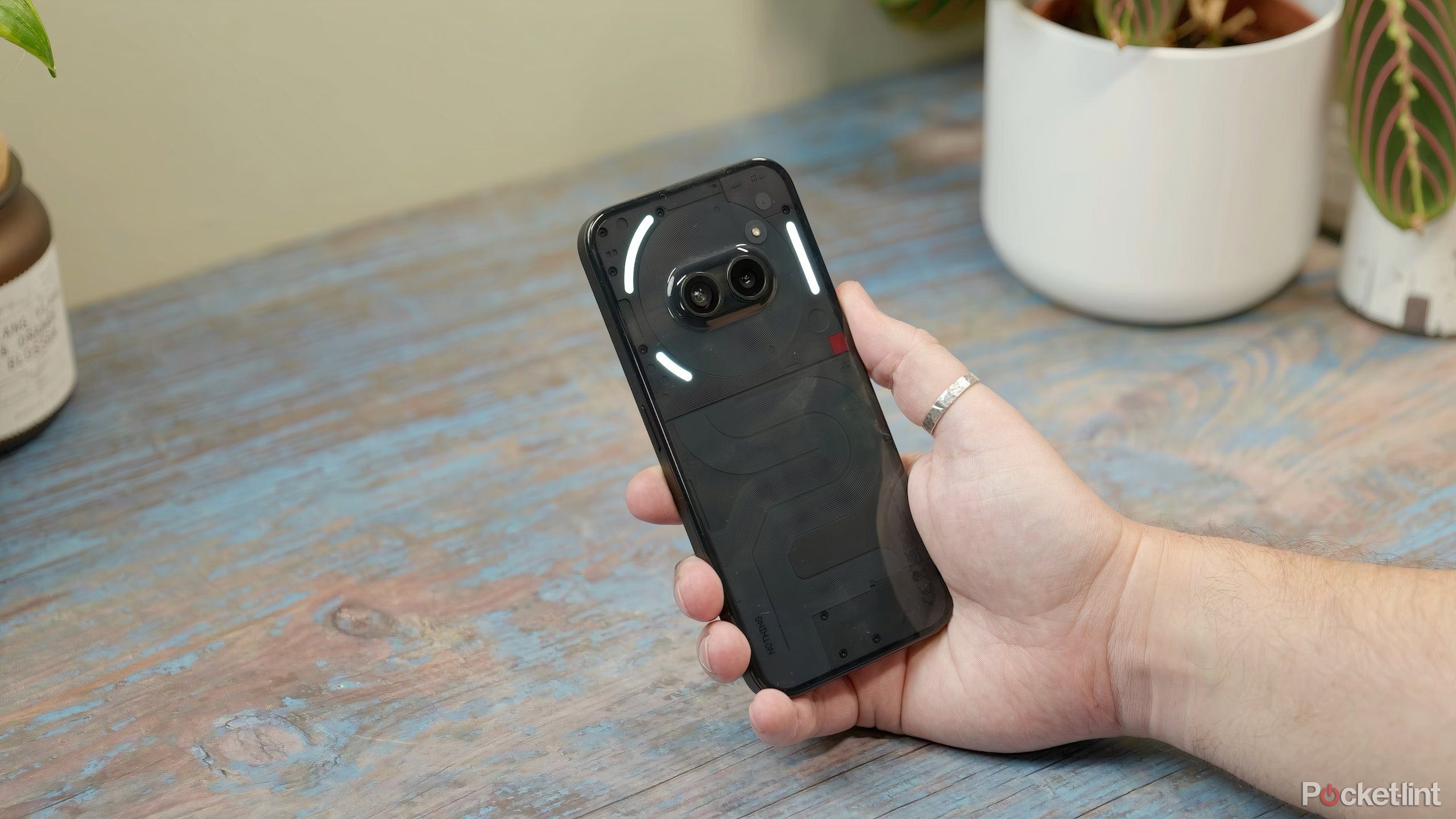
Related
Nothing’s next Android phone has leaked (and its camera hump is next level)
Ahead of launch, a torrential downpour of leaks is giving us a peak under the Nothing Phone 3a and 3a Pro curtain – here’s the pre-release low-down.
6 Smooth performance
Plan ahead to avoid disappointment
Buying that budget-friendly phone today may be tempting because it gets the job and serves your needs. However, you should consider how it will perform after you’ve added your apps and media library and received some software updates. Many low to mid-range phones might work well when new, but their performance deteriorates when they need to take on demanding apps later or when their memory gets full.
You can avoid this issue or spending more money on another upgrade by getting a phone with good specs from the start. Getting a phone with a decent chipset and at least 8GB of RAM for smooth processing, and 128GB of storage to accommodate your media files is advisable for decent long-term performance.
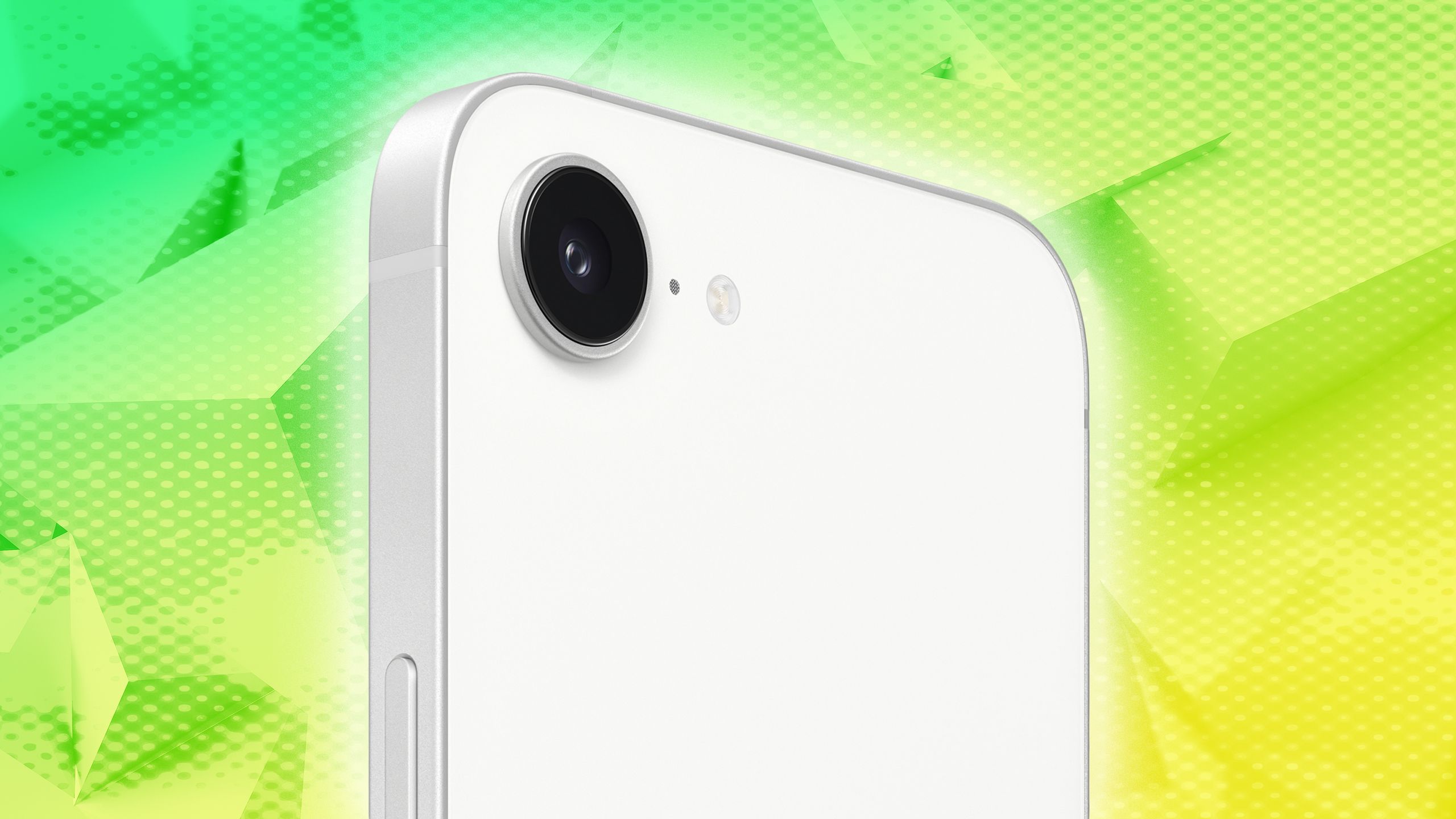
Related
With the iPhone 16e, is Apple abandoning budget devices?
Some upcoming hardware refreshes should confirm where Apple is headed.
7 Five years of updates
Increase your phone’s lifespan
Software updates are critical for prolonging a phone’s life and securing it against threats. As most people hold onto their phones for longer, it makes sense for brands to support them to ensure they get good value and the best user experience. Some brands, like Google and Samsung, have risen to the challenge and are now offering up to seven years of system updates and security patches to ensure their phones run smoothly for long-term use.
If you’re buying a new phone in 2025, it’s worth considering the model’s update policy and overall longevity. Not all brands offer seven years of updates, but five is a decent compromise and should cover you for the foreseeable future.
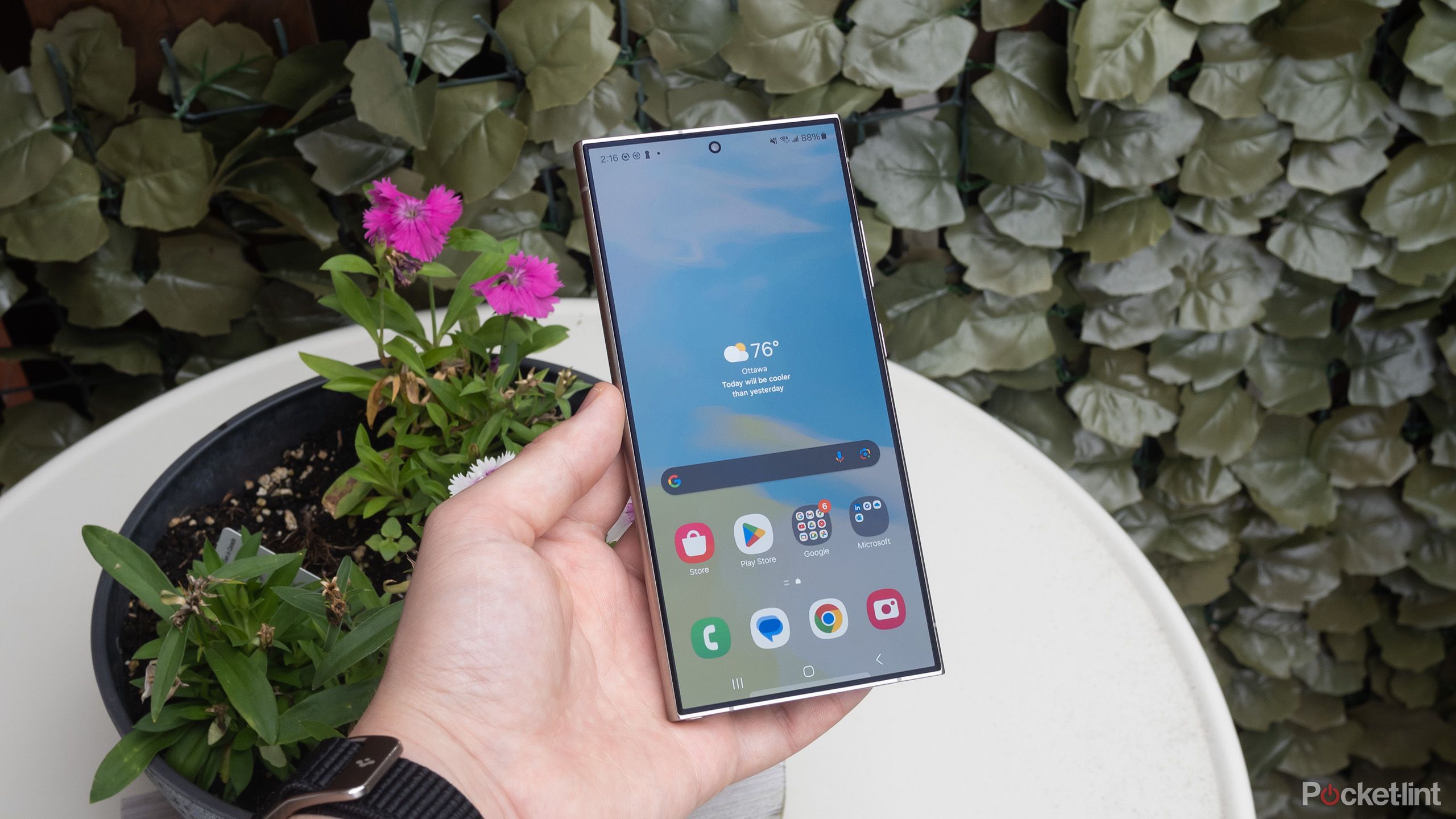
Related
7 preloaded Samsung Galaxy apps I can’t live without
There is no need to download alternatives because these 7 preinstalled Samsung Galaxy apps are the best at what they do.




